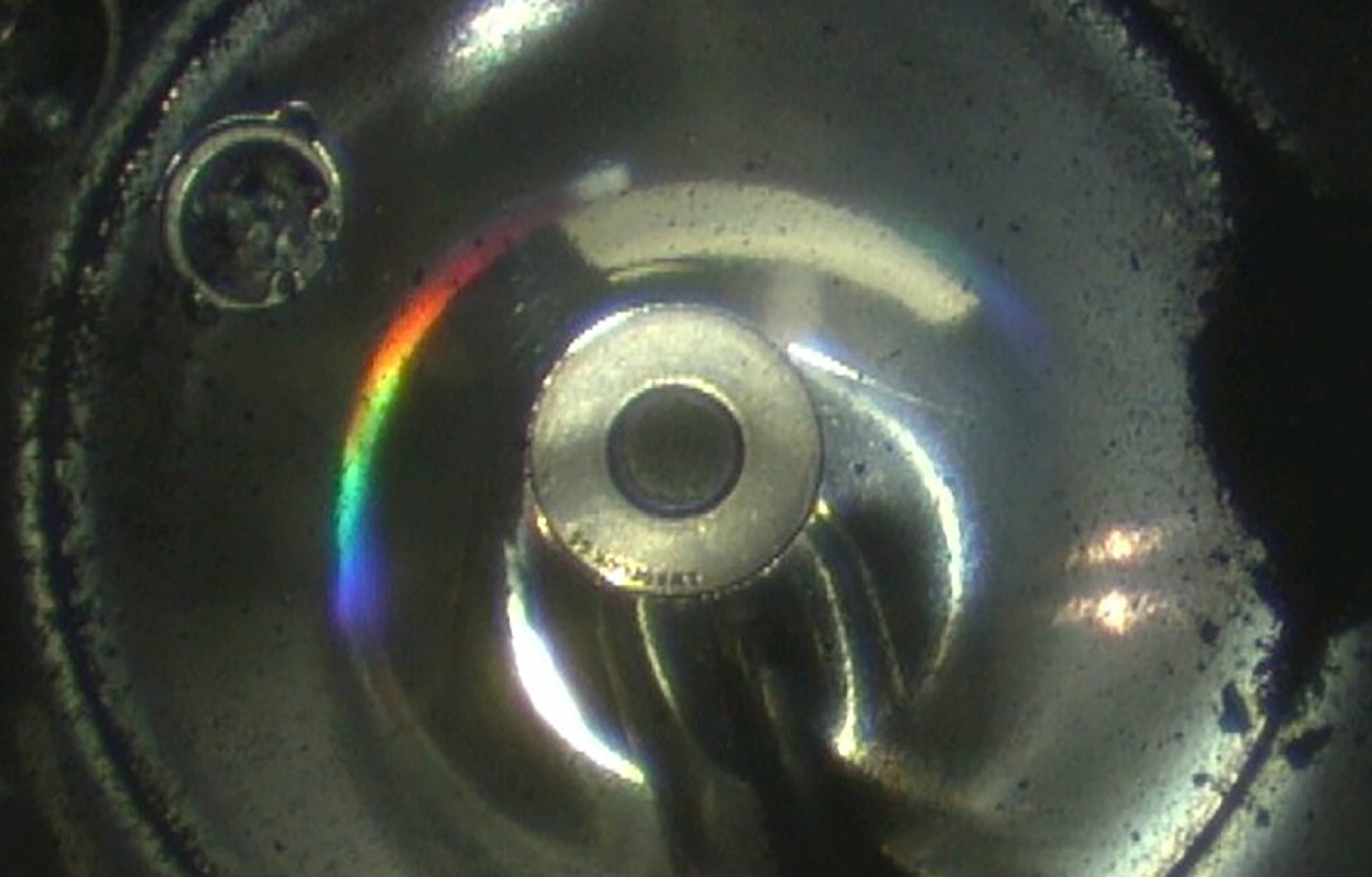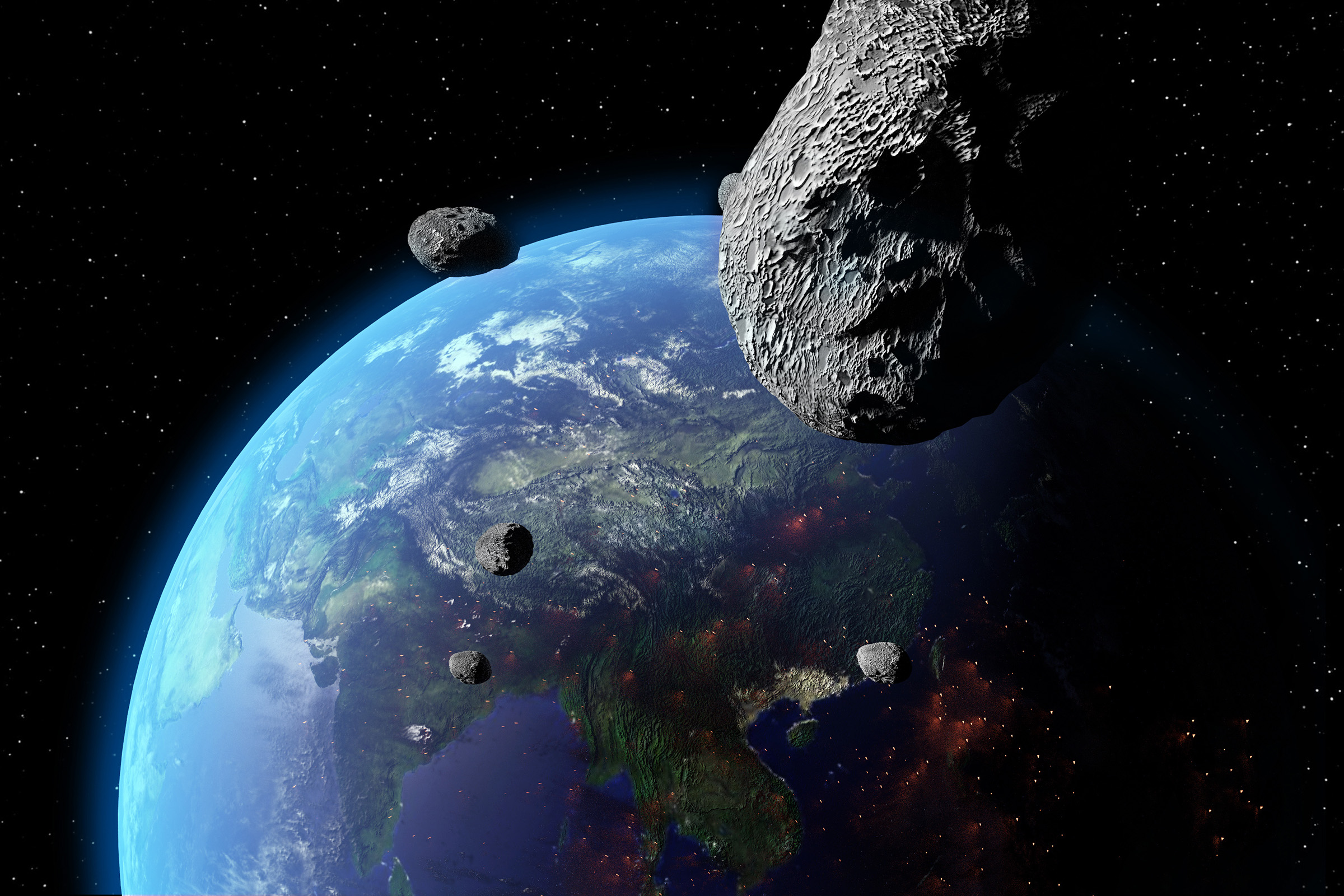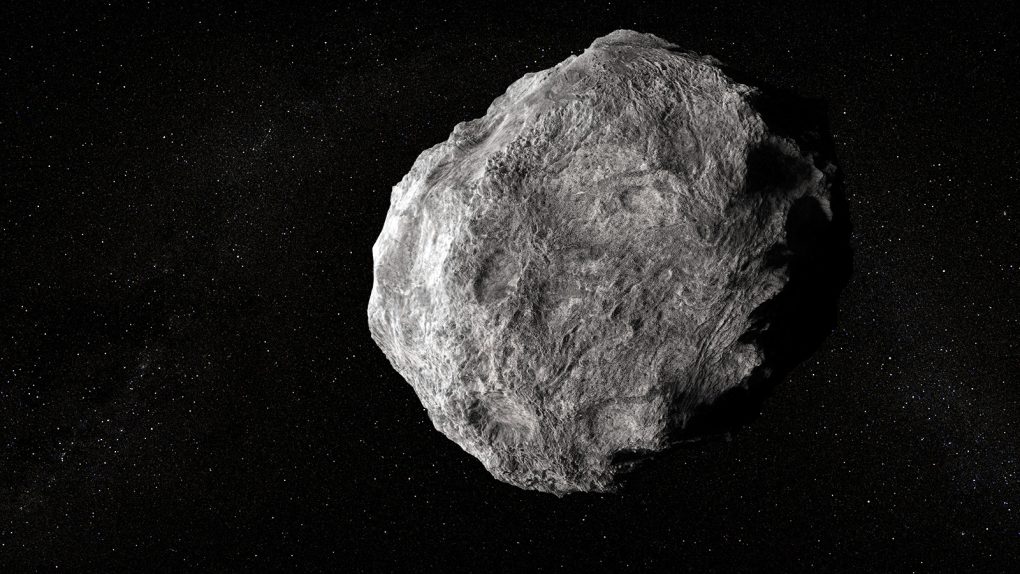Our universe contains billions of objects – from stars to planets and even asteroids orbiting those planets and stars. And we’ve done everything we can to learn about the intricacies of our universe, including how asteroids form and what they are made of. But, as missions return new findings, we may need to rethink what we thought we knew about asteroid formation.
Learning what asteroids are made of has been a long-standing goal for many astronomers. And, with Earth constantly being bombarded by meteorites – which are pieces of said asteroids and comets – we’ve learned a lot about these space rocks that fill our universe. But, to get a better look at these celestial objects, we have to look at unaltered samples taken directly from space.
That’s because anytime a meteorite enters our atmosphere, it can be altered in some way, as pieces of it are stripped away by the atmosphere, leaving only clues about the material that once made up those outer shells. By studying samples taken directly from the asteroids in space, we can learn more about asteroid formation than a meteorite could ever teach us.

And that is exactly why researchers from the University of Hawai’i at Mānoa analyzed unaltered samples that were harvested from the asteroid Ryugu by Japan’s Hayabusa 2 mission. By looking directly at the samples that we had gathered from the asteroid itself, the scientists were able to discover some truly amazing insights.
First, they discovered that Ryugu had experienced space weathering. This weathering resulted in the melting of certain minerals and materials on the asteroid’s surface. Further, it resulted in the dehydration of the asteroid’s surface. The question then is what can all of this teach us about asteroid formation as a whole?
Because of its age, Ryugu gives us glimpses into the earliest days of our solar system, allowing us to learn more about the evolution of volatiles in space, like organic molecules and water. We know that space weather is a constant equation in our solar system, with solar-wind irradiation and high-velocity micrometeoroids bombarding every object in our system.

But the effects of those bombardments appear to vary greatly depending on the object’s material. Therefore, asteroids like Ryugu become covered in material that contains no water. However, the findings indicate that asteroids that appear dry on the surface may be rich in water-bound minerals. It could change everything we know about asteroid formation if this is true.
The team published their findings on the Ryugu samples in Nature Astronomy. Together, with more samples gathered from other asteroids, we might be able to deepen our knowledge of asteroid formation, thus allowing us to unlock new information about how our early solar system formed.








